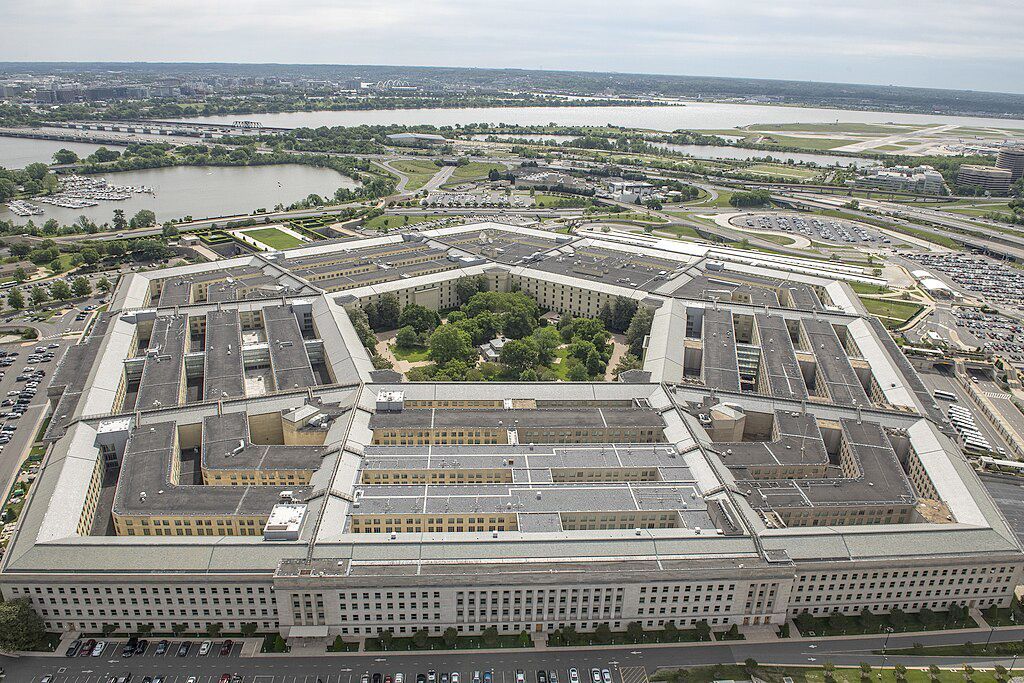It's a serious moment in U.S. history when the Press walks away from a primary source.
Such was the case last week when representatives of major news organizations pulled up stakes at the Pentagon, packed up their bits and pieces, and exited the iconic five sided building in Arlington, Virginia en masse.
This was no small decision. That the great bulk of the Pentagon press corps acted in unison was a minor miracle. Journalists can often act like cats when there's herding to be done.
But not to make light of this. As reported by John R. Vile, a political science professor and dean of the Honors College at Middle Tennessee State University Center for Free Speech: "President Donald Trump has long referred to certain news organizations as 'enemies of the people.'
Governments are particularly sensitive to information reported by the press about the military.
"In 2025, Secretary of War Pete Hegseth announced new restraints on journalists who cover the Pentagon. These included restricted access to certain Pentagon offices and other spaces and a requirement that they be escorted to others (Memorandum of May 23, 2025).
"Hegseth also asked journalists to affirm that they will not gather information that the department has not explicitly authorized them to access. If they did not sign the policy, they would lose their press credentials to enter the Pentagon (Nover 2025)."
This was a step too far for the major news organizations covering the Pentagon, even Fox News. They refused to sign a pledge committing themselves to these new strictures and duly headed for the exits. Sean Parnell, a Pentagon spokesperson, defended the policy as establishing “common sense media procedures.”
As if journalists are beings devoid of common sense. Had the new rules been embraced by the Press it's a fair bet that more would have been on the way. Hopefully, and as a result of the walkout, a common sense accord can be reached - and as soon as possible.
Anyway, enough of the Pentagon. What of the White House?
The role of the Press in all of these high profile settings is to hold government accountable for its actions and provide an accurate account of those actions and consequences in multiple contexts.
The relationship between media and government can be up and down and this is often reflected in exchanges at formal press briefings. It should be remembered that the Press itself is not a cohesive whole.
There are many starting points and views reflected from the Press seats in the briefing room.
This is, simply put, a reflection of America itself. But regardless of the nature of the questions, all reporters at press briefings are required to show respect and receive it in return.
This has not been the case of late in the White House press room, formally known as the James S. Brady Press Briefing Room. It's unclear at this juncture what purpose is served by reporters coming across as mere supplicants and having to absorb dollops of drivel and nonsense on behalf of the American public.
Perhaps, and in a reflection of what has transpired, the White House Press corps should scale back for a time. A smaller group of rotating journalists could provide a pool feed to all the outlets that hold the much coveted seats in the room.
This would be making a point - the point being that the relationship between the Press and a sitting administration is a serious one, albeit at times fraught and confrontational.
Meanwhile, there are the media representatives assigned to various other U.S. government departments including the State Department.
Thus far these seem to be functioning more or less as they should. But make no mistake. We are living in a challenging time for American journalism.
And there's no need to be seated in a press room to be aware of this.








